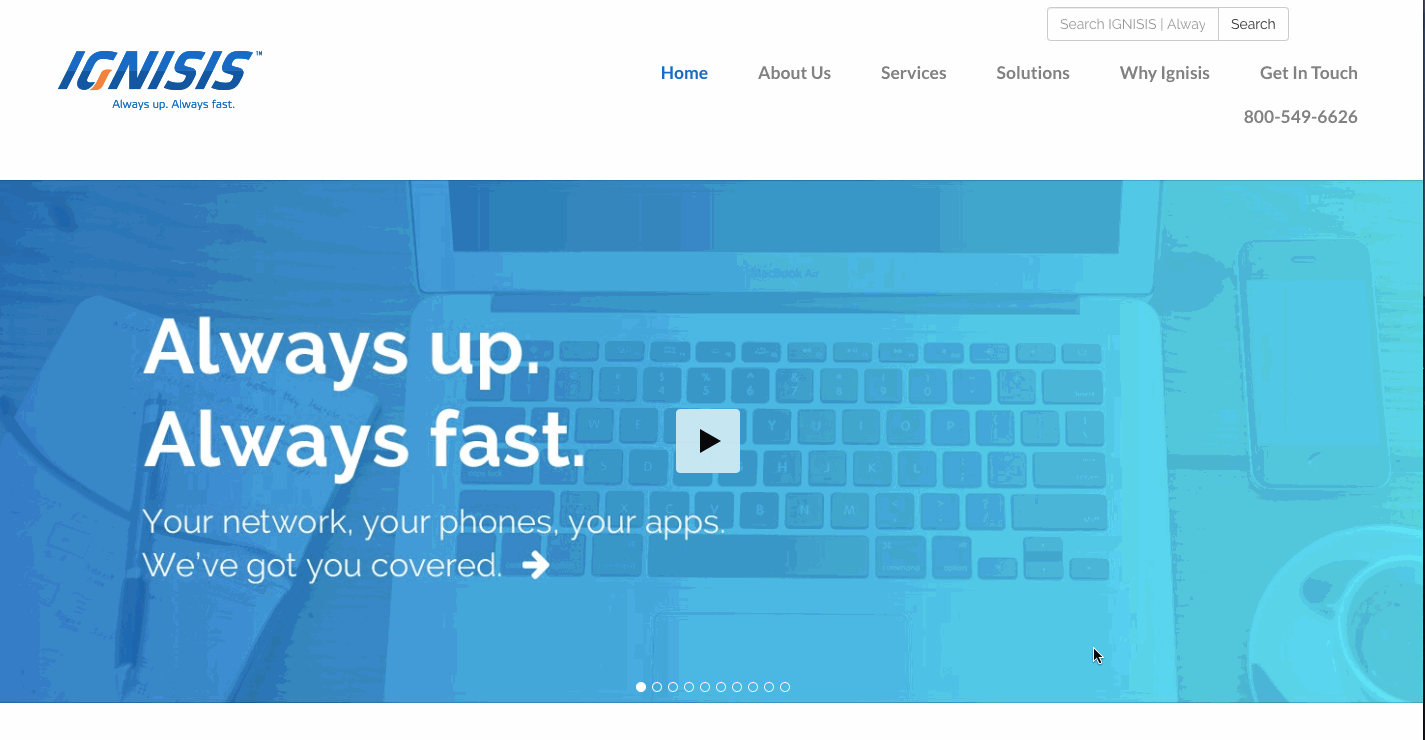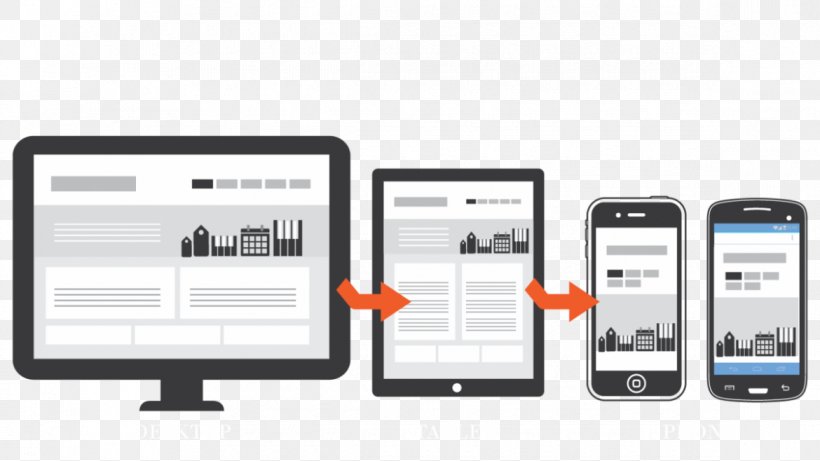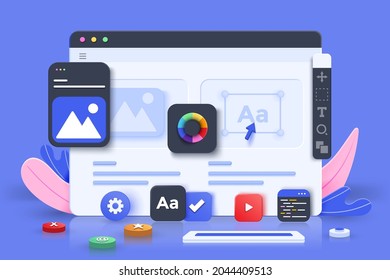
Many website owners wish to start over when creating a new design. They might have wanted to start from scratch. But redesigning a website is much harder than creating a brand new site. First, it's important to understand how your customers behave and how your website performs. It is important to identify what works for your customers so you can keep the best parts. This is important because you might end up repeating the same mistakes with your new design.
Redesign of websites in phases
A phased approach for website redesign will help you reduce costs, put more emphasis on certain areas of your website, and provide a quicker return. This will allow you to assess how much your business has invested in digital marketing. It will also help you determine if it is possible to make the necessary changes without spending too much. You might be surprised by the changes if you have had a website for over a decade. However, mobile browsing has been the most significant change.
The phased approach to redesigning websites involves iterative changes based upon UX/UI research, statistics, and other factors. This method encourages continual testing and optimization and is based on UX/UI and ESR principles. While simplicity should be the focus of any redesign, users' feedback is also important. While there's no right or wrong way to redesign a website, the phased approach will allow you to measure your success and make sure your site delivers on what you're promising.

Oral history can be used as a data source
Oral history is an increasingly popular way to digitize archival material. Many organizations have an archive for their oral histories. This is a particularly effective approach for digital historians. The website features interviews and testimonies that are both authentic and informative. Researchers could use these collections for creating new, more dynamic, and easily accessible websites. This is only one example of how oral histories can be used as a way to enhance existing websites.
Because of the many differences in individual accounts and recorded history, oral history is an excellent research tool. Humans create their own memories and these accounts can be very different from those recorded by historians. Interviewees are often a reflection of their own experiences, so their testimony can be helpful in evaluating current social issues. It is possible to criticize the method, as an interviewee's account may be subjective.
Optimizing a redesigned website
Whether you're redesigning an existing website or creating a new one, you must take into account that customers' preferences and browser technologies change all the time. You might find that what worked last month is not as effective twelve months later. That's why it's crucial to stay on top of changes to your website. This guide will help you improve the performance and usability of your new website by using feedback tools.
A website redesign can lead to slow websites. It may contain large amounts code that is not optimized and uncompressed images. Google has introduced a new ranking signal for page experience this year, making it an important SEO factor. Therefore, it is crucial to make sure your website loads quickly. Making incremental improvements will help you increase revenue returns. Don't wait for your website to be completely redesigned before optimizing it.

Test a newly designed website
Testing a new website design is critical to ensure it runs as intended. This process includes minor adjustments to the website's overall design such as changing the color palettes and typography or navigation. You may also see a reorganized content and navigation as well as redesigned elements. It is important to measure the effects of these changes before the website goes live. Here are some tips to test a redesign website.
Prior to redesigning your website you need to know what pages are most valuable for your visitors. Your redesign could cause broken pages and lost conversions. For this purpose, Google Analytics is your ally. You can find out which pages are valuable by consulting your Google Analytics. The second chapter will cover how to identify the most crucial pages. You can test each page to see if there are any improvements that make a difference in visitors' experience.
FAQ
Can I use a framework or template on my website?
Yes! A lot of people use prebuilt templates or frameworks to create websites. These templates provide all the code necessary to display information on your site.
Some of the most popular templates include:
WordPress – One of the most well-known CMSes
Joomla - Joomla is another popular open-source CMS
Drupal - An enterprise-level solution for large companies
Expression Engine - A proprietary CMS from Yahoo
You will find hundreds of templates for each platform. So it shouldn't be hard to choose the right one.
How To Create A Static Website
You have two options when creating your first static site:
-
A Content Management System (also known as WordPress): WordPress: This software can be downloaded and installed on your computer. Then you can use it to create an essential website.
-
How to Create a Static HTML Website. In this instance, you will need to write your HTML/CSS codes. If you are familiar with HTML, it's easy to do.
Consider hiring an expert to build your large website.
You should start with option 2.
What types of websites should you make?
This question is dependent on your goals. You may choose to sell products online if you want to build a website. This will require you to set up a strong eCommerce site.
Blogs are another popular type of website. Each of these requires different skills and tools. For instance, if you want to set up a blog, you will need to learn about blogging platforms such as WordPress or Blogger.
When you choose a platform, you will also need to figure out how to customize the look of your site. There are many themes and templates that you can use for free.
Once you've selected a platform to build your website, you can start adding content. You can add images, videos, text, links, and other media to your pages.
Once you're ready to publish your website online, click here. Visitors can view your site online once it has been published.
What Is Website Design Software?
Website design software is used by graphic artists, photographers, illustrators, writers, and others involved in visual media to create webpages and other digital materials.
There are two main types for website design software. Desktop apps can only be installed locally on your PC and will require additional software to run on your system. Cloud-based solutions can be hosted remotely over the internet. They are ideal for mobile users as they don't require additional software.
Desktop Applications
Although desktop apps offer more features than cloud-based applications, they are not always required. Some people prefer to work only from a desktop application because it is more convenient. Some prefer to use the exact same tool whether they're using a smartphone or a laptop.
Cloud-Based Solutions
Cloud-based solutions are a great option for web designers looking to save time and money. These services allow you access any type of document to be edited from anywhere on the internet. This means that you can work on your tablet while waiting to brew your coffee.
If you decide to use a cloud service, you will still need a license. However, you won't need additional licenses when upgrading to a newer version.
If you have Photoshop, InDesign and Illustrator, these programs can be used for creating web pages.
What should I include in my Portfolio?
Your portfolio should consist of all these things:
-
Example of your work.
-
If you have one, links to it.
-
You can also find links to your blog.
-
These are links to social media sites.
-
You can also find links to other designers' portfolios online.
-
Any awards you received.
-
References.
-
Samples of your work.
-
These links show how to communicate with clients.
-
Here are some links to show that you're eager to learn new technologies.
-
Here are some links to show you are flexible.
-
These links show your personality.
-
Videos showing your skills.
Statistics
- The average website user will read about 20% of the text on any given page, so it's crucial to entice them with an appropriate vibe. (websitebuilderexpert.com)
- It's estimated that in 2022, over 2.14 billion people will purchase goods and services online. (wix.com)
- Studies show that 77% of satisfied customers will recommend your business or service to a friend after having a positive experience. (wix.com)
- It enables you to sell your music directly on your website and keep 100% of the profits. (wix.com)
- Did you know videos can boost organic search traffic to your website by 157%? (wix.com)
External Links
How To
How to use WordPress for Web Design
WordPress is a free software program that can be used to create websites and blogs. It has many great features, including easy installation, powerful themes options, plug-ins and many other. This website builder lets you customize your site to suit your preferences. You can choose from hundreds of themes or plugins to make your site unique. If you'd like, you can also add your own domain. These tools allow you to easily manage the appearance and functionality of your website.
WordPress can help you create stunning sites even without knowing how to code HTML. Even if you don't have any coding knowledge, you can set up a professional website in minutes. We'll walk you through how to install WordPress on your PC and show you the basics of getting your blog online. We will walk you through everything so you can do it at home.
The most popular CMS (Content Management System) out there is WordPress.com currently has around 25 million users worldwide and counting. Two versions of WordPress are available. You can either get a license from them at $29/month or you can download the source code for free.
WordPress is an excellent blogging platform for many reasons. One reason is that WordPress is extremely easy to use. Anyone with a basic knowledge of HTML can create a stunning site. Another benefit is its flexibility. Many themes are free on WordPress.org, meaning you can change the look and feel of your site entirely without having to pay a penny. It's also very customizable. Developers offer premium add-ons which allow you to update posts automatically when someone comments or integrate social media sharing within your site.